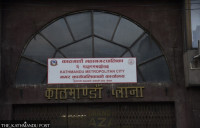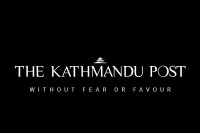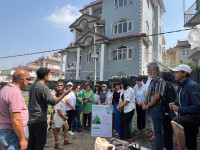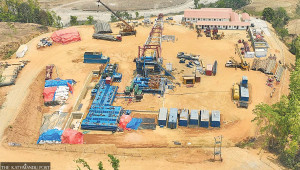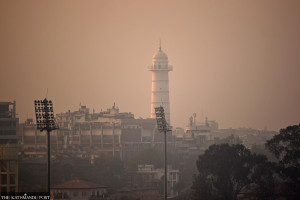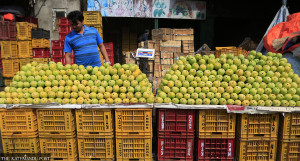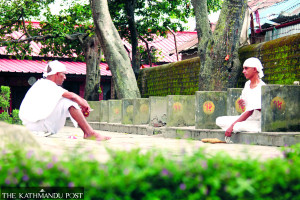Valley
Archaeologists dig out 7th-century items
An archaeological excavation of Bhandarkhal, an open space in the north of Pashupatinath Temple, has discovered two inscribed fragments of pottery along with a coin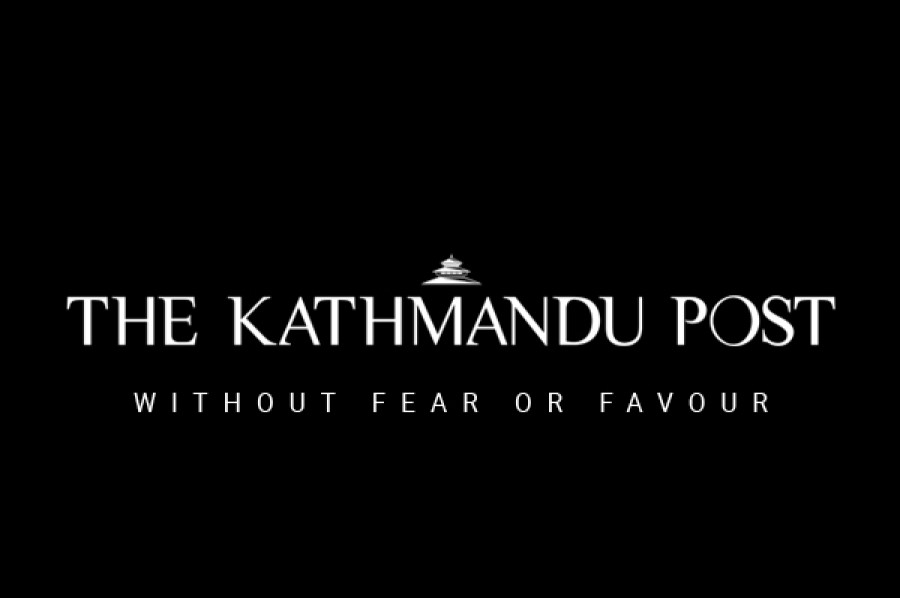
The items were dug out on the northern and eastern sides of the trenches of a pond-like structure referred to as ‘tank’ in archeological terms, which is around 35 metres in length and approximately eight metre deep.
The first sherd is a closed storage vessel with a partial inscribed stamp. It depicts a trident and the front half of a reclined bull with a partial inscription under it.
The second sherd depicts a standing bull or a ‘kamadhenu’ with two visible characters. Meanwhile, the coin has ‘Pashupati’ inscribed on it. All three items seem to belong to the second half of the Lichchhavi period, according to the excavation team led by Durham University Professor Robin Coningham.
Further inspection of the ‘tank’ could reveal characteristics of the little known lifestyle of the people living at that time, said Kosh Raj Acarya, executive director of the Pashupati Area Development Trust.
The excavation which started in early July was a pilot project of a five-year venture that will carry out archaeological investigations in the Pashupati area, both at its monumental core and its peripheries. The project is a joint venture of the trust, the Department of Archaeology and UK-based Durham University. “It represents the first integrated and multi-disciplinary heritage project in the Valley and will help safeguard the resources of Pashupati for future generations,” Acharya said at a press meet organised in the Capital on Tuesday.
The archaeological excavation is carried out through the use of non-intrusive survey, modern excavation methodologies and scientific dating. Along with excavation, the team will also work on epigraphic sources, recording it through photography, rubbings and GPS locations.
Coningham, who is also the field director, said archeological investigation was important to understand as little is known about Nepal’s past. “Much of Kathmandu Valley is limited to historical tradition and literary work,” he said, adding that the Pashupati area was an ideal location as it contains buildings dating from the Lichchhhavi era to the eighteenth century.




 27.67°C Kathmandu
27.67°C Kathmandu